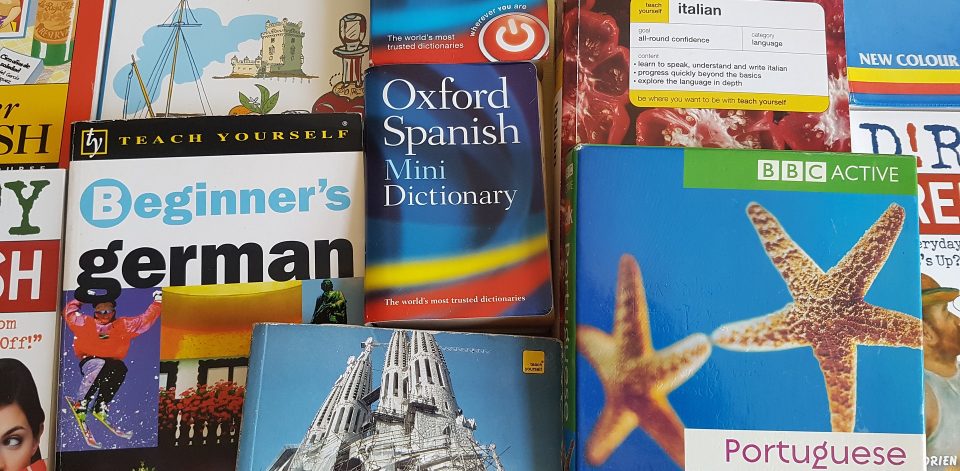
By Benjamin Niedzielski on January 14, 2020
The idea that language learners need exposure to the language (or “input”) to make progress in the target language is neither surprising nor new. What is surprising is what the best type of input might be.
Linguist Stephen Krashen (a UCLA graduate) has written about this in his “Input Hypothesis”. Krashen supports an i+1 input approach for second language learners, meaning the best input is only one level above the learner’s level to maximize comprehension. This allows students to make use of context to understand unknown words or phrases, as native speakers do.
Krashen’s hypothesis is not accepted by everyone (see Zafar 2009 and Liu 2015), as it is difficult or impossible to test. In addition, it is unclear what exactly i+1 input looks like, as it varies from case to case. Still, the general idea is attractive even if the details are disputed.
Most modern language classes that I have taken across the United States have followed the Input Hypothesis (at least partially). Classes teach grammar and vocabulary step by step. Listening and reading activities contain mostly words that are already known. This lets students focus on new concepts without being overwhelmed, and build on what they have mastered.
However, no two students are at the same level in a language. Some will have more exposure outside of the classroom. Others may have competencies in a related language that puts them above their peers (knowing French helps learn Italian for instance). In larger classes, providing i+1 input to each student individually may be impossible to achieve.
Technology, however, can allow teachers and students to bridge this gap. For many languages, there are large amounts of “input” at different levels available online. An instructor can find (or create) sites at different levels and ask students to choose something to read or listen to for a certain amount of time, allowing students to find their own i+1 input from an approved list. Instructors can guide students by saying that what students choose must contain new words but be understandable without a dictionary.
Examples of these kind of resources are NHK News Web Easy or Wasabi’s Fairy Tales and Short Stories with Easy Japanese, with reading practice at different levels. One of my personal favorites was a German class where we used iPods to find and listen to German music or podcasts, such as like Deutsche Welle’s Langsam gesprochene Nachrichten (Slowly Spoken News), that we students liked and could easily understand.
Activities such as these allow students the flexibility to seek out their own i+1 input in an instructor curated fashion. They get more practice with a language outside of the classroom, and can find materials that meet their own needs and interests.
Whether or not the Input Hypothesis is correct, giving students these opportunities is a great way to engage them effectively with a language and culture.
Image: language-2345801_1920.jpg . Image is used under the Pixabay License .(https://pixabay.com/photos/language-learning-books-education-2345801/)
Resources:
- Deutsche Welle. “Langsam gesprochene Nachrichten“. https://www.dw.com/de/21102019-langsam-gesprochene-nachrichten/a-50911528
- Krashen, S. (1982). Principles and Practice in Second Language Acquisition. Oxford: Pergamon Press.
- Krashen, S. (1985). The Input Hypothesis: Issues and Implications. Harlow: Longman.
- NHK News Web Easy: https://www3.nhk.or.jp/news/easy/
- Liu 2015: http://jehdnet.com/journals/jehd/Vol_4_No_4_December_2015/16.pdf
- Teaching English. “Comprehensible Input”. https://www.teachingenglish.org.uk/article/comprehensible-input. Accessed Nov. 5, 2019.
- Wasabi’s Fairy Tales and Short Stories with Easy Japanese: https://www.wasabi-jpn.com/japanese-lessons/fairy-tales-and-short-stories-with-easy-japanese/
- Zafar 2009: https://pdfs.semanticscholar.org/39ee/7d69dae91b26dcffd84d718eb93f6d7795a4.pdf
